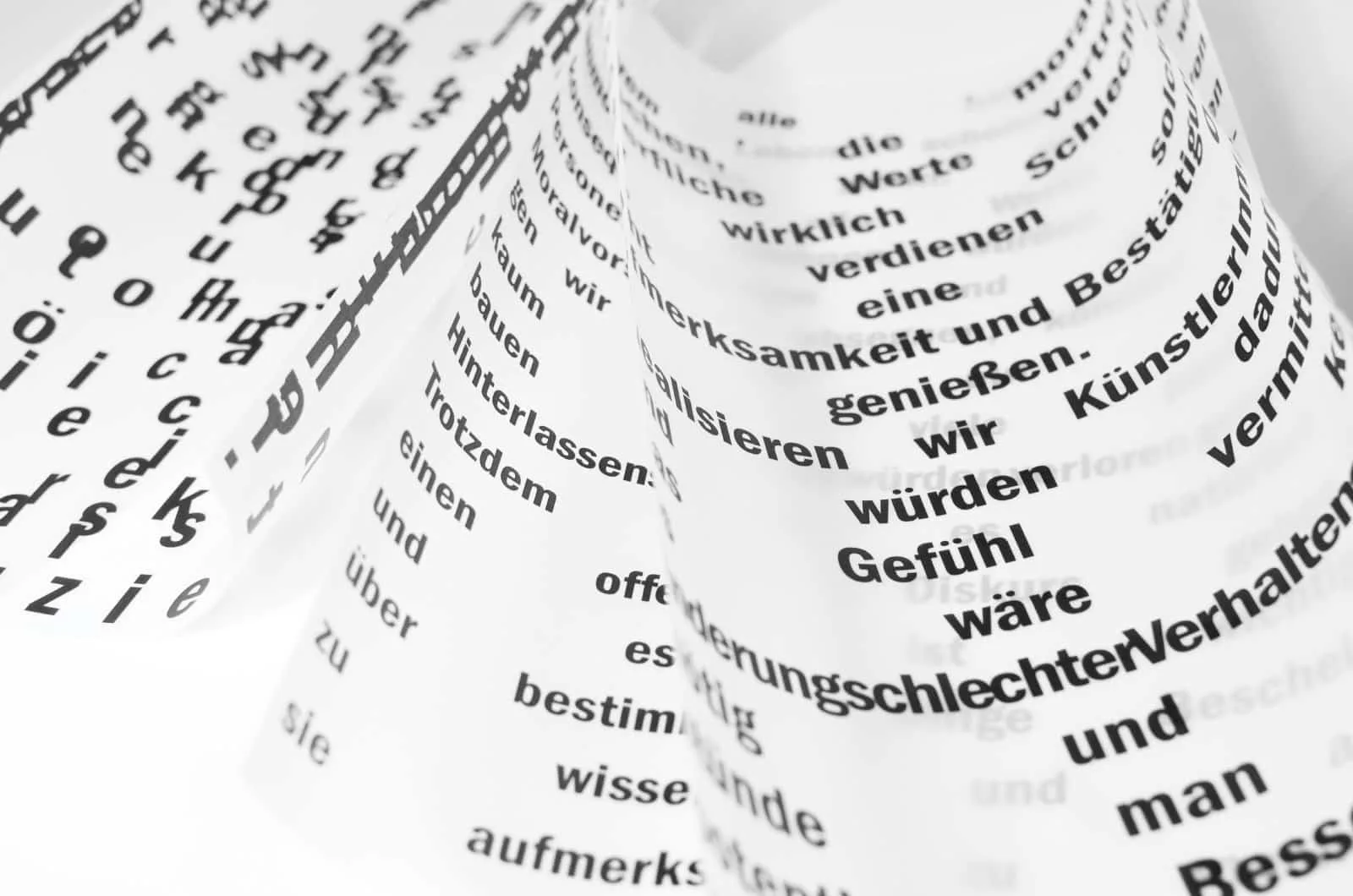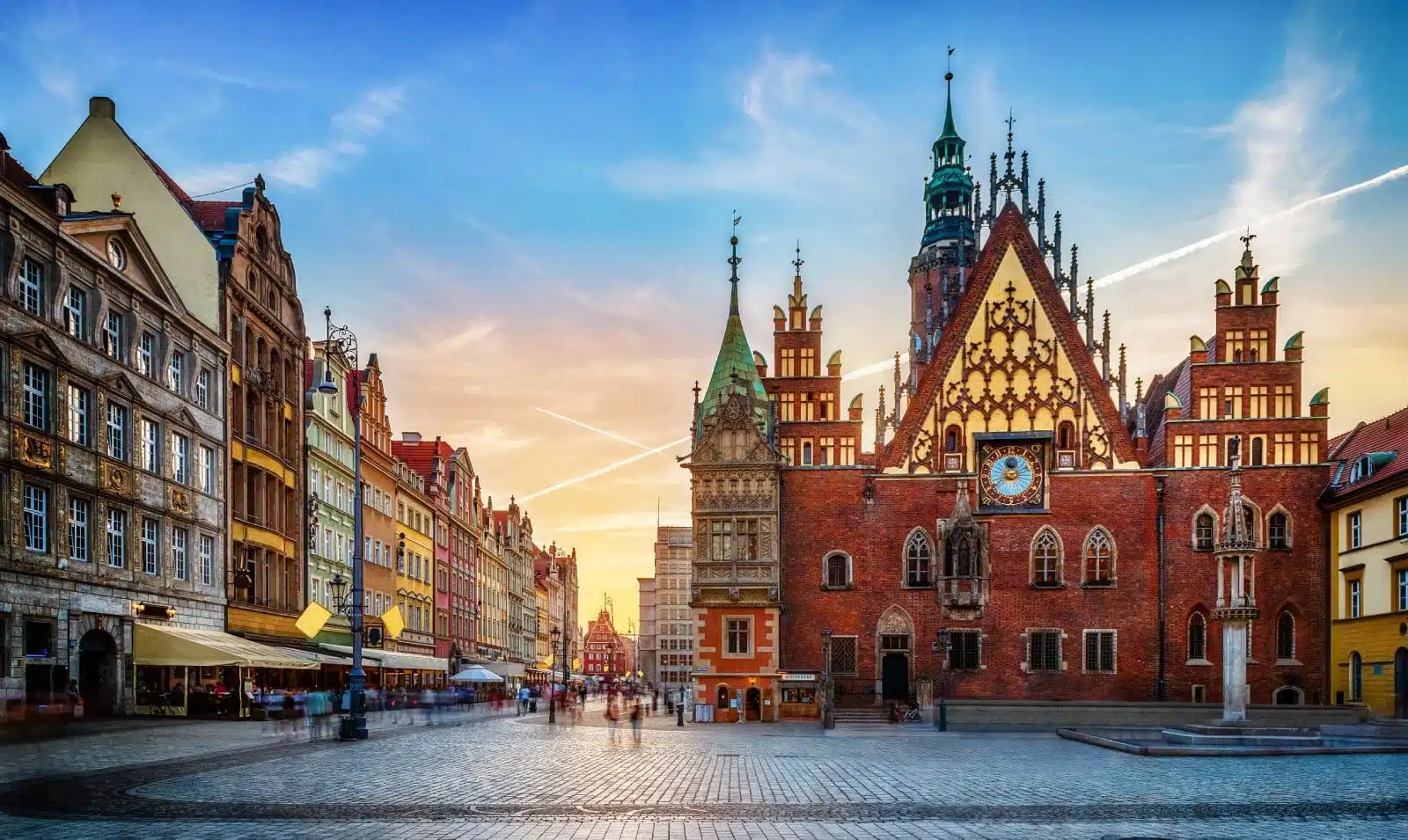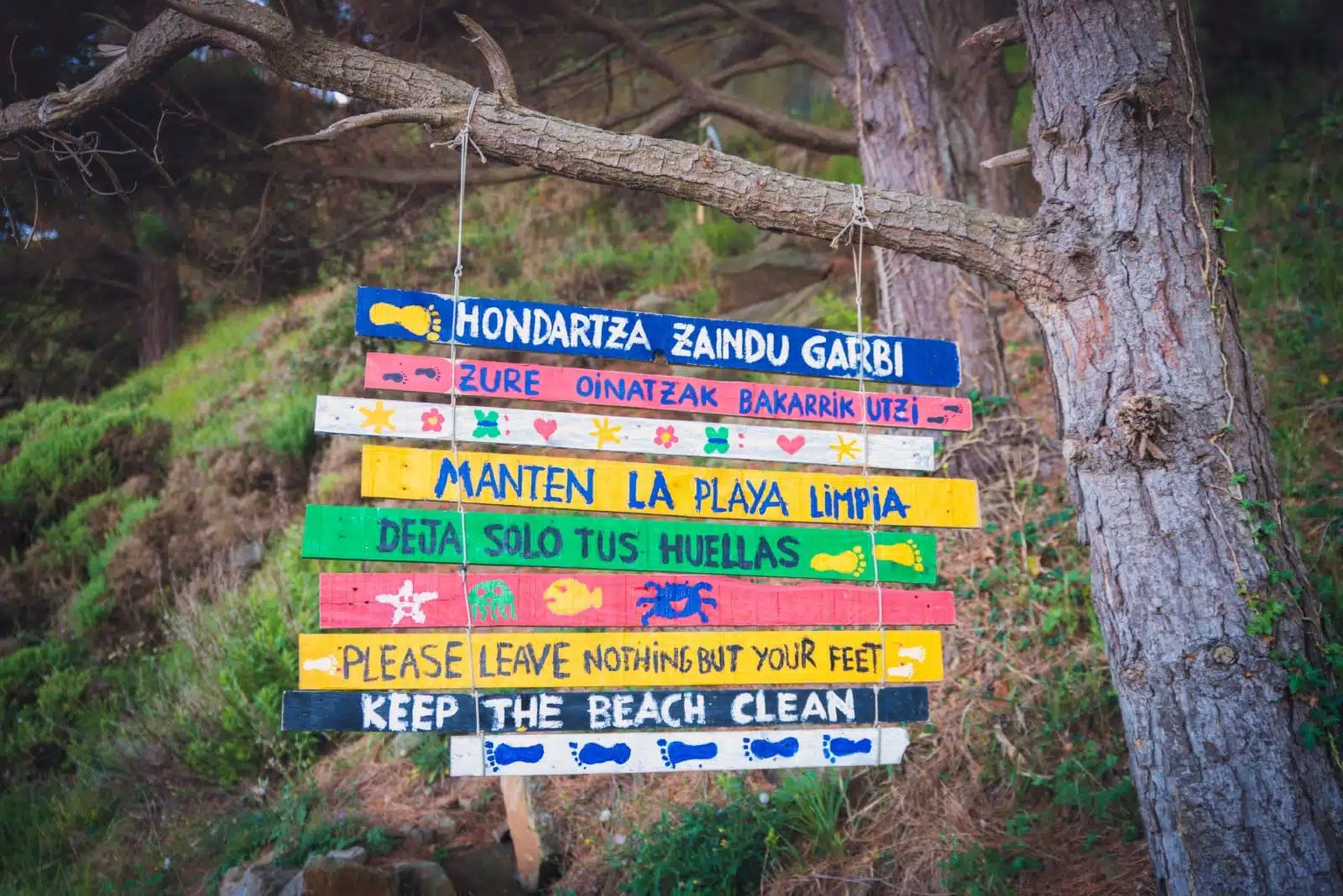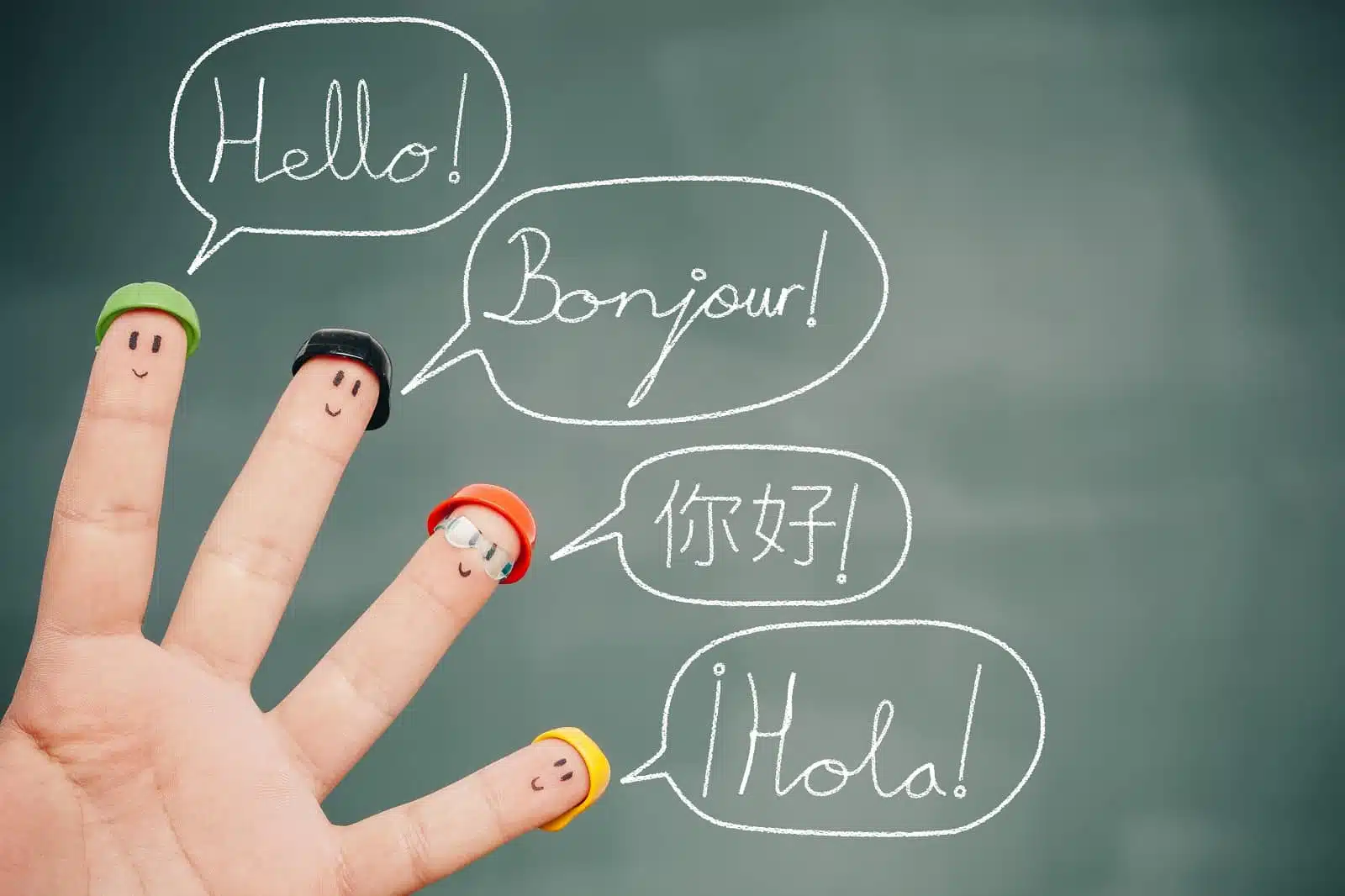Embark on an extraordinary linguistic journey, where mere phrases won’t suffice. We’re delving deep into the heavyweight champions of language learning, the titans that’ll have you grappling with grammar in your dreams and questioning your sanity by day. From the deceptively friendly Norwegian to the towering complexity of Mandarin, brace yourself for a voyage through the toughest languages English speakers dare to conquer. Welcome to the ultimate showdown in language learning.
17. Norwegian

Image Credit: Pexels / Ulle Haddock
Starting off easy—well, as easy as climbing a hill in a country renowned for its mountains. Norwegian is a gentle introduction to the Scandinavian linguistic landscape, with its straightforward grammar and pronunciation. But don’t let that fool you; you’re still learning how to say “I surrender” in Viking.
16. Dutch

Image Credit: Pexels / Pixabay
It’s like German’s slightly less complicated sibling. Dutch may lull you into a false sense of security with its familiar vocabulary, but then it hits you with the guttural “g” sound, reminding you that fluency is a long bike ride away.
15. Portuguese

Image Credit: Shutterstock / RossHelen
It’s not just Spanish with a Brazilian carnival twist. Portuguese brings its own unique set of sounds that can tie your tongue in knots faster than you can say “saudade.” And yes, mastering the nasal vowels is as much fun as a sinus infection.
14. German

Image Credit: Pexels / Skylar Kang
Ah, the language of philosophers and engineers. German’s grammar is a labyrinth designed by someone who enjoys making adults cry. The reward? Being able to pronounce “Rindfleischetikettierungsüberwachungsaufgabenübertragungsgesetz.”
13. Russian

Image Credit: Pexels / Eliza Ari
Diving into Russian is like deciding to wrestle a bear. It’s tough, hairy, and involves a new alphabet just to make sure you’re really committed. But once you’ve danced with the bear, you can handle a shot of vodka or five.
12. Greek

Image Credit: Pexels / jimmy teoh
Ancient, beautiful, and utterly baffling. Greek throws you into the deep end with its alphabet and then adds insult to injury with syntax rules that defy logic. It’s all Greek to everyone, not just you.
11. Korean

Image Credit: Shutterstock / f11photo
You might think, “Hey, a logical alphabet! How hard can it be?” Then you meet Korean grammar, which is like playing chess with someone who changes the rules every other move.
10. Finnish

Image Credit: Pexels / Tom Hornsby
Finnish doesn’t just challenge you; it questions everything you thought you knew about languages. With its endless string of suffixes, it’s like linguistic legos, but the pieces keep morphing.
9. Hungarian

Image Credit: Pexels / Diego F. Parra
Hungarian is what happens when a language decides to go rogue. It looks at other languages’ grammar rules and laughs. If you master this, you’re not just fluent; you’re a linguistic superhero.
8. Thai

Image Credit: Shutterstock / AofLine
Thai greets you with a smile and then quietly hands you a tonal system and a script that makes hieroglyphs look straightforward. Pronunciation is key unless you want to accidentally challenge someone’s grandmother to a duel.
7. Polish

Image Credit: Shutterstock / Triff
Polish is not just about rolling your “r”s but placing them in a consonant cluster so dense it creates its own gravitational pull. And just when you think you’ve got it, the grammar laughs in your face.
6. Navajo

Image Credit: Shutterstock / Sergii Figurnyi
Navajo takes the concept of verb complexity and turns it into an art form. It’s like assembling a spaceship with instructions written in poetry. A beautiful challenge, indeed.
5. Basque

Image Credit: Shutterstock / Wirestock Creators
Basque is the enigmatic hermit of languages. Unrelated to any other language, it sits in its corner of Europe, smiling cryptically at linguists trying to make sense of its existence.
4. Japanese

Image Credit: Shutterstock / GrooveZ
Japanese presents a triple threat: an extensive set of characters, a politeness level system that could dictate your social standing, and sentence structures that feel like you’re assembling IKEA furniture with a blindfold.
3. Cantonese

Image Credit: Shutterstock / maison photography
With nine tones and multiple characters for a single syllable, Cantonese is like Mandarin’s even more complicated cousin. It’s the linguistic equivalent of juggling flaming swords, blindfolded, on a unicycle.
2. Arabic

Image Credit: Pexels / belal obeid
Arabic looks at beginners and says, “You must really like me.” With its script that changes shape depending on the letter’s position and sounds that don’t exist in most languages, Arabic is a linguistic Rubik’s Cube.
1. Mandarin Chinese

Image Credit: Shutterstock / Matyas Rehak
The pinnacle of linguistic challenges. Mandarin doesn’t just have tones; it has a character set that demands artistic skill, a grammar system that plays hide and seek, and cultural nuances as deep as the Mariana Trench. It’s not just learning a language; it’s adopting an ancient and richly complex way of seeing the world.
The Summit Awaits

Image Credit: Shutterstock / Lemon Tree Images
But why endure the struggle? Because beyond the syntax and semantics lies a world of understanding, where cultures intertwine, connections transcend words, and fresh perspectives await. Yes, frustration may linger, and moments of defeat might loom large, but picture this: effortlessly bantering, cracking jokes, or deciphering foreign films. Suddenly, the toil seems trivial, and the rewards immense. So, what’s holding you back? Choose your language titan and embark on a voyage of discovery. The adventures and tales that await are yours for the taking.
More From The Green Voyage
Top 10 Trending Travel Destinations 2024
6 Essential Banking Apps for International Travel – Managing Your Finances on the Go
Traveling With Kids – 10 Tips to Create Memorable Family Holidays
The post The 17 Hardest Languages to Learn in the World first appeared on The Green Voyage.
Featured Image Credit: Shutterstock / Prostock-studio.
For transparency, this content was partly developed with AI assistance and carefully curated by an experienced editor to be informative and ensure accuracy.
Tips for Trip Success
Book Your Flight
Find an inexpensive flight by using Kayak, a favorite of ours because it regularly returns less expensive flight options from a variety of airlines.
Book Your Hotel or Special Accommodation
We are big fans of Booking.com. We like their review system and photos. If we want to see more reviews and additional booking options, we go to Expedia.
You Need Travel Insurance!
Good travel insurance means having total peace of mind. Travel insurance protects you when your medical insurance often will not and better than what you get from your credit card. It will provide comprehensive coverage should you need medical treatment or return to the United States, compensation for trip interruption, baggage loss, and other situations.Find the Perfect Insurance Plan for Your Trip
